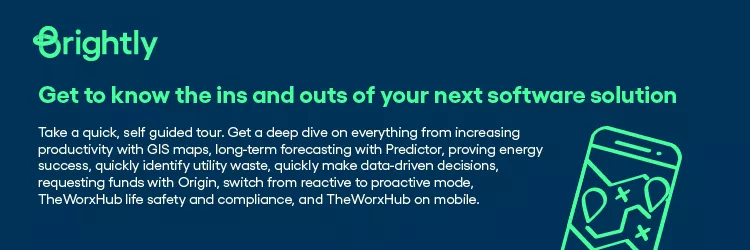Creating a Successful Predictive Maintenance Program
Previously, we discussed the benefits of predictive maintenance (PdM) in addition to a preventive maintenance routine. While choosing this strategy is a great way to leverage all of the asset data that you have, simply deciding to adopt it isn’t enough.
Like with any new initiative that you take on, the preparation is just as important as the execution; after all, if it's worth doing, it's worth doing right so you can get back to the work that matters. With that in mind, to ensure that your PdM routine is a success, here are four key areas to focus on.
1. 24/7/365 Condition Monitoring
How can your teams get into full predictive monitoring? To start, you need data, and in order to have data you need to ensure that your assets are being monitored at all times (24/7, 365 days a year). One way to do this is with the use of sensors. Sensors can be placed on any asset and monitor almost any condition, which is especially useful for after hours or anything that would require manual data entry. That means no more manual entry, no more breaks in your workday to check on an asset, and no more anxiety that something will break and go unnoticed when no personnel are present.
Look for sensors that are compatible with monitoring software, like your computerized maintenance management system (CMMS). Take time to determine which data is most relevant to you, too; what’s important to track in, say, a water treatment plant won’t be the same for others.
2. Assessment of Data
Once you have all that data, you need the right assessment operations in place. Different departments should have access to data that’s most useful to them, and it should all be kept in a central solution, like a CMMS. We suggest having a clear structure in your teams for who monitors specific assets and how data should be communicated to one another in a timely manner, such as a push notification on a mobile app or a work order system. PdM can greatly help when it comes to predicting failure, but it’s up to your team to answer the call, so they’ll need as much information as they can get before they start a work order.
And, speaking of responding…
3. Answering the Call to Action
Once teams have the data they need to deal with the upcoming faults, they have to act in a timely manner. Even with all the right solutions in place, your PdM program can still fail at the “human stage” when your team takes action. Having automated work orders is key, and prioritization of requests is also an important part of making sure your technicians are ready. In addition, a tool that incorporates GIS into a work order is especially helpful when your teams can’t be expected to return to the office each time a request is submitted or completed. This will also ensure that the location is as accurate as possible.

4. A CMMS to Tie It All Together
Predictive solutions are there to help, but they do require engagement from maintenance workers and buy-in from management at all levels. That’s why a CMMS is important to making sure your team is set up for success. With integration between work orders and real-time data, you’ll have the most accurate snapshot of an asset’s condition, plus work order history, inventory information and more.
A modern CMMS should be able to receive the flow of data from sensors, provide the graphs and other visualizations that let teams know when to take action, and serve as a unified source of information for all your public works departments. Any less capable CMMS – or an outdated tool, like a spreadsheet – will sink your teams’ ability to go where they’re needed most in your community.
To learn more about how PdM works with a CMMS, contact us today!




